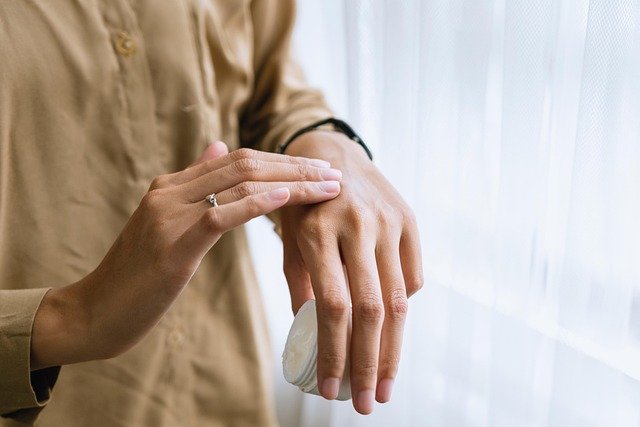Golf Clothes: Practical Guidance for Course Apparel
Golf clothing balances tradition, comfort, and performance. Whether you're new to the game or updating your wardrobe, the right pieces help keep you comfortable during play, protect you from sunlight, and allow the full range of motion needed for swings and walking the course. This article explains fabrics, fit, footwear, sun protection, and how clothing supports pre-round exercise, helping you make practical choices without oversimplifying trade-offs.

Shirts: What fabrics and fits work for golf?
Shirts for golf vary from classic polos to technical tops. Look for breathable, moisture-wicking fabrics such as polyester blends or performance cotton that move sweat away from the skin. Fit should allow a full shoulder and torso rotation without billowing — a relaxed athletic cut often works best. Collar styles remain common on many courses for dress codes, but collarless technical tops are acceptable at more casual venues. Consider ventilation features (mesh panels or micro-perforations) for humid climates and check any club dress rules before choosing a shirt for play.
Shoes: How to choose shoes for stability and comfort
Golf shoes are designed to combine grip, support, and walking comfort. Spiked designs (soft spikes) offer traction through the swing, particularly on wet grass, while spikeless shoes often resemble athletic footwear and suit players who prioritize walking comfort and versatility around the clubhouse. Important features include a stable midsole for weight transfer, waterproofing for damp conditions, and a good fit through the midfoot to prevent slipping during the swing. If you walk most rounds, prioritize cushioning and breathability; if you use a cart, traction and lateral stability matter more.
Sport: How golf clothing supports performance and etiquette
Clothing in golf is both functional and part of the sport’s etiquette. Functional aspects include freedom of movement, temperature regulation, and protection from elements. Seam placement and stretch fabrics reduce chafing and restriction during repeated swings. Traditional items — such as tailored trousers or chino shorts — remain common because they present a clean, course-appropriate look. Many clubs enforce dress codes, so selecting clothes that conform to local services’ rules or the course’s published policy helps avoid issues at check-in. Choose garments that balance practical performance with the venue’s expectations.
Sunlight: What to wear to protect skin and eyes
Protecting against sunlight is a key part of golf clothing selection. Long-sleeve performance shirts with UPF ratings can block a portion of UV radiation while still allowing moisture transfer. Wide-brimmed or structured hats and sunglasses with UV protection reduce sun exposure to the face and eyes. Lighter colors reflect sunlight and may feel cooler in strong sun, while darker fabrics can absorb heat but sometimes offer higher UPF. Don’t forget sunscreen for exposed areas and consider garments with built-in neck or face coverage for extended play in bright conditions.
Exercise: Layering and mobility for warm-ups and practice
Warm-up and exercise before a round demand clothing that supports mobility and temperature changes. Stretchy base layers and light mid-layers help you transition from warm-up drills to play without restricting motion. During cooler mornings, a thin insulating layer under a windproof outer shell keeps muscles warm without overheating. Clothing designed for general exercise — such as flexible sport leggings or breathable shorts — often works well for golf warm-ups; just swap into course-appropriate outer garments if required. Prioritize garments that retain freedom of movement in the hips, shoulders, and torso to protect swing mechanics during practice.
Golf clothing choices depend on conditions, personal comfort, and course expectations. Prioritize breathable, stretchable fabrics for shirts and layers that allow a full range of motion; select shoes that balance traction with walking comfort; and include sun-protective pieces for extended exposure. For fitting or specific product questions, consult local services or specialty retailers that offer fitting and return options. Adjust materials and layers seasonally so your clothing matches temperature and weather on the day.
This article is for informational purposes only and should not be considered medical advice. Please consult a qualified healthcare professional for personalized guidance related to sun exposure, skin protection, or exercise-related concerns.






